Gun control legislation is an ongoing area of debate in the United States, with many people calling for relinquishment programs to reduce the number of guns in use. While some Americans support the Second Amendment, others are worried about the continuing problems that gun crime is causing and want to put an end to mass shootings. This article explores the current arguments for and against the surrendering of guns and looks at the states that relinquish guns more than others.
The Second Amendment

Americans who are fully supportive of gun ownership refer to the Second Amendment in support of their case. The right to bear arms has long been a key aspect of many people’s lives, with four in 10 households owning at least one gun. Advocates of the Second Amendment believe they are entitled to feel secure in their own homes and that a gun is the best way to protect themselves.
NRA Lobbying
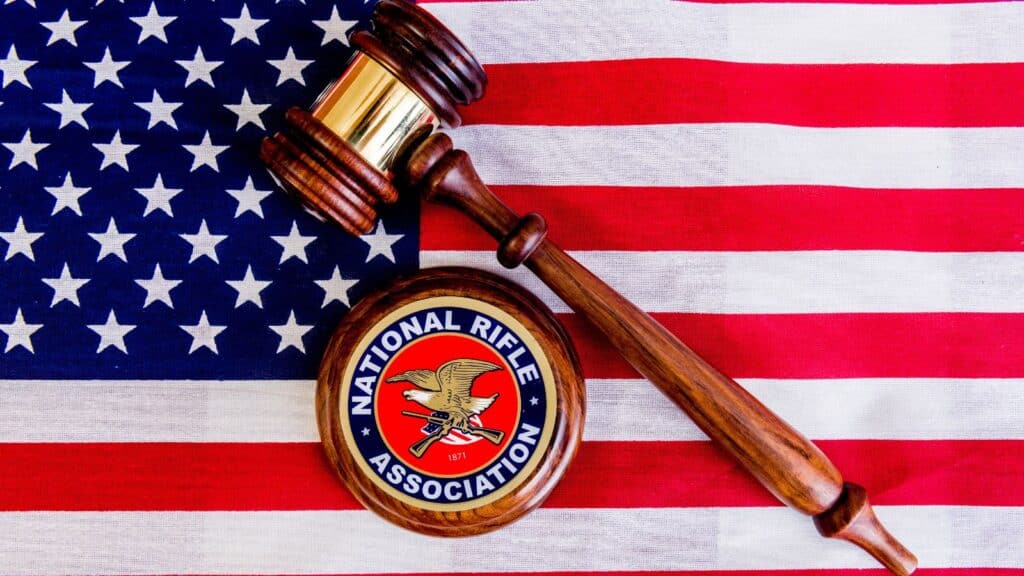
While the National Rifle Association (NRA)_ has seen a fall in membership revenue ($97 million in 2022, down 40% from 2018), it still boasts 5 million members and many more supporters. Critics of the NRA say the organization pushes hard tactics when lobbying for gun laws and doesn’t do enough to support initiatives to reduce gun crime.
Concerns About Rising Gun Crime

Those who oppose the NRA and want more regulation of guns are concerned with the fact that Americans are 25 times more likely to be killed by gun homicide than citizens of any other developed country. Critics of the Second Amendment are not just worried about the number of deaths guns cause but the effects on communities across the country. According to research by The Educational Fund to Stop Gun Violence (EFSGV), where there is gun crime, there are generally high rates of unemployment, fewer retail establishments and entertainment opportunities, and low house prices.
Disparity in the Data
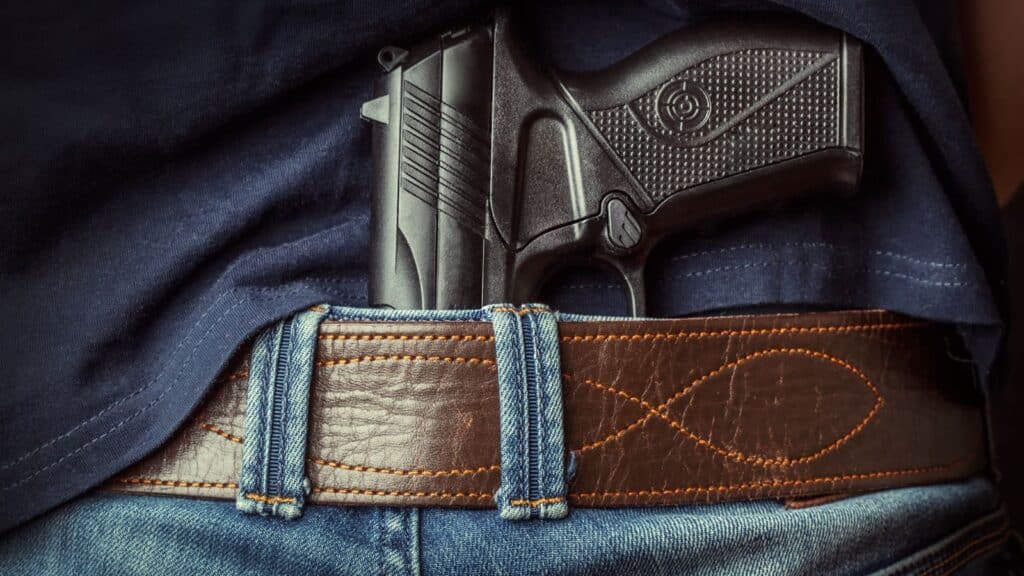
Gun proponents argue that some of the data on gun crime is skewed, pointing out that suicide accounts for a significant proportion of deaths. It’s also noted that, in general, the U.S. is seeing a decline in gun crime, with some states down by 12% in 2022. The downward trend could, however, be attributed to the after-effects of COVID-19 as the U.S. saw a significant spike in gun crime deaths in 2021, so 2022 was naturally lower as the world began to get back to normal. It has long been argued that gun control will not reduce crime as most criminals will get their weapons illegally.
Mass Shootings

One area of huge concern for those looking to reduce America’s reliance on guns is the number of mass shootings that occur in the U.S., particularly those that affect children and young people. In the first two months of 2024, there were 49 mass shootings that led to the death of more than 80 citizens. March 2023 marked the first anniversary of the Tennessee shooting in which six people died when a shooter attacked the Covenant School. Over 13,000 people gathered to form a human chain in a call to end gun violence.
What the Government Says
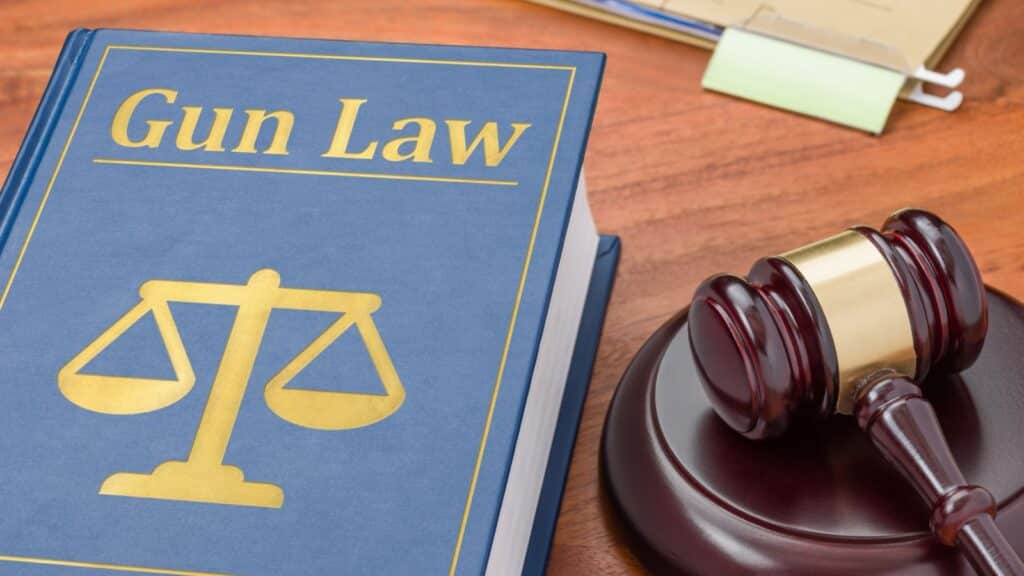
The Gun Control Act of 1968 primarily works to “keep firearms out of the hands of those not legally entitled to possess them because of age, criminal background or incompetency. A key aspect of the act is to prevent gun crime from escalating, which critics of various governments claim has not been done.
In March 2023, President Biden announced new legislation to improve background checks for gun licensing, focusing on a “red flag” that should not be ignored by the gun industry. Biden also called upon the Federal Trade Commission to report on how manufacturers market guns to those underage. Later that year, a Gallup poll showed that the majority of Americans believed that gun laws needed tightening.
Gun Buy-back Programs

In an attempt the number of guns owned by U.S. citizens, gun buy-back programs have been set up by cities and counties across the country. Gun owners can voluntarily hand in their guns for a cash settlement; for example, in New York, there was a one-day event in which gun owners could hand in their guns for a $500 voucher in return. This may seem like a quick win to get firearms off the streets, but in the last two decades, only 10,000 firearms have been taken out of circulation in New York.
The Stats Don’t Add Up

Stats on buy-back schemes in the U.S. The most recent study into the effectiveness of gun relinquishment showed it took a lot of work to properly research the effectiveness of buy-back schemes in reducing crime as people hand in their guns anonymously. This means who used guns to commit a crime may not necessarily hand their guns in. Therefore, gun crime does not necessarily trend downward. President Biden has argued for buy-back schemes to target assault weapons, but the NRA argues that criminals would be unlikely to participate in buy-back schemes.
Baltimore Case Study

Baltimore was the first state to introduce a buy-back program, offering residents $50 for any gun they turned in to the police. No questions were asked, and they accepted all types of firearms. The program collected over 13,500 guns, including 8,400 handguns, at a cost of roughly $660,000 to taxpayers. People surrender their guns for various reasons, such as fear of theft or someone using the gun in anger. But, the program’s effectiveness is debated as homicides and gun-related assaults rose by more than 50% afterward.
Gun Relinquishment

A report indicates that at least 550 gun buy-back programs have been implemented across 37 states since 1988. States topping gun surrender charts are Maryland, Maine, Louisiana, California, and Tennessee. The lowest-performing states include Wyoming, Montana, and Oklahoma.
Additional Measures

In addition to buy-back schemes, other legislation has been brought in to try to reduce gun ownership and gun crime. The NRA itself bans the sale of short-barreled shotguns, machine guns, and silencers, and “‘extreme risk laws” are in place to restrict those in crisis from owning a gun. While there are plenty of laws in place, there are many loopholes that see rates of gun ownership higher than opponents would like. For instance, in Illinois as many as 80% of individuals who had their permits revoked may still be armed because their license cards were not collected when they were revoked.
Domestic Violence

To protect spouses and families from domestic violence, some states require individuals convicted of the crime or under restraining orders to surrender their firearms. Douglas Letter, chief legal officer at Gun Violence reduction organization Brady, said, “Prohibiting domestic violence abusers from accessing firearms is common-sense, life-saving, and constitutional.” Nevertheless, over half of domestic homicides in the U.S. involve guns, so there is clearly more work to do.
The Impact of Gun Relinquishment

Of the 300 largest U.S. cities, those in states with the strongest gun laws experienced 19.4 percent fewer total gun homicides in 2023 than in 2022, while cities in states with the weakest gun laws saw only 5.1 percent fewer total gun homicides. California, New York, Illinois, Connecticut, and Hawaii were the top five states in terms of the strength of their gun laws and rates of gun-related crimes. According to Everytown Research, Arkansas, Mississippi, Idaho, Montana, and Georgia were the worst-performing states.
How Do States Compare?
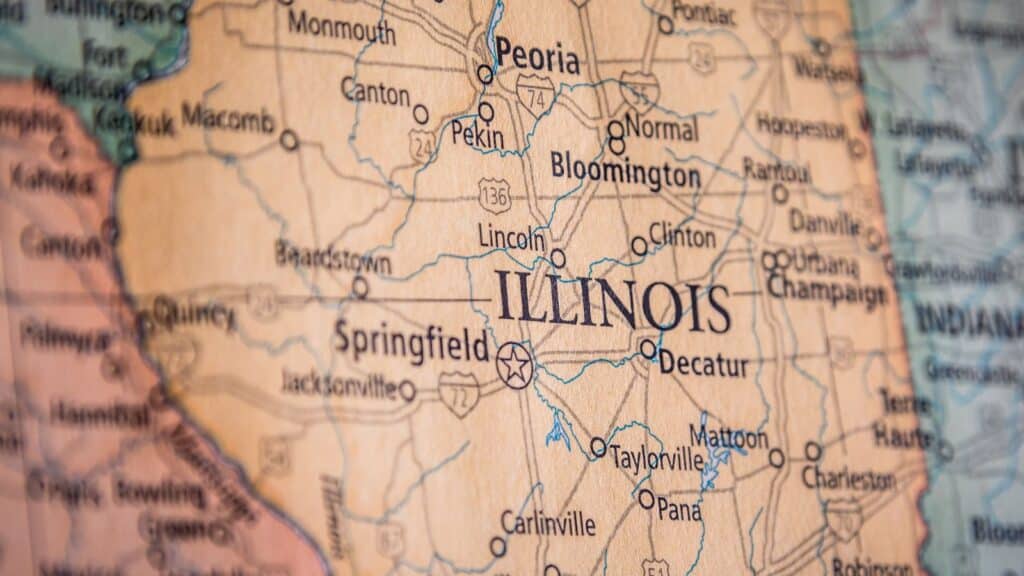
Data consistently shows that the states with more gun control have the lowest number of gun-related crimes.But that’s not to say gun violence doesn’t occur in some of the top-rated states, such as Illinois and Maryland. Data from The Centers for Disease Control and Prevention (CDC), however, reveals a surprising trend, showing several states with the highest rates of gun deaths per capita also have some of the highest incidents of voluntary firearm surrender through buy-back programs.
Maryland Leads the Way

In terms of gun surrender alone, Maryland leads the way in the number of citizens taking up the buy-back scheme. Maryland has a relatively low rate of gun ownership, ranking seventh lowest in the nation, with only 16.7 percent of households estimated to own guns. This is accompanied by a comparably low gun death rate. At 13.6 fatalities per 100,000 people, it’s the 16th lowest in the United States.
Maine

Maine is also celebrating success with gun crime. While the estimated rate of households that own guns in Maine is 47.7%, the 16th highest of all 50 states, the most recent annual gun death rate is 12.0 fatalities per 100,000 people, the 11th lowest of all 50 states. This shows that gun ownership rates and gun crime rates do not always correlate.
Louisiana
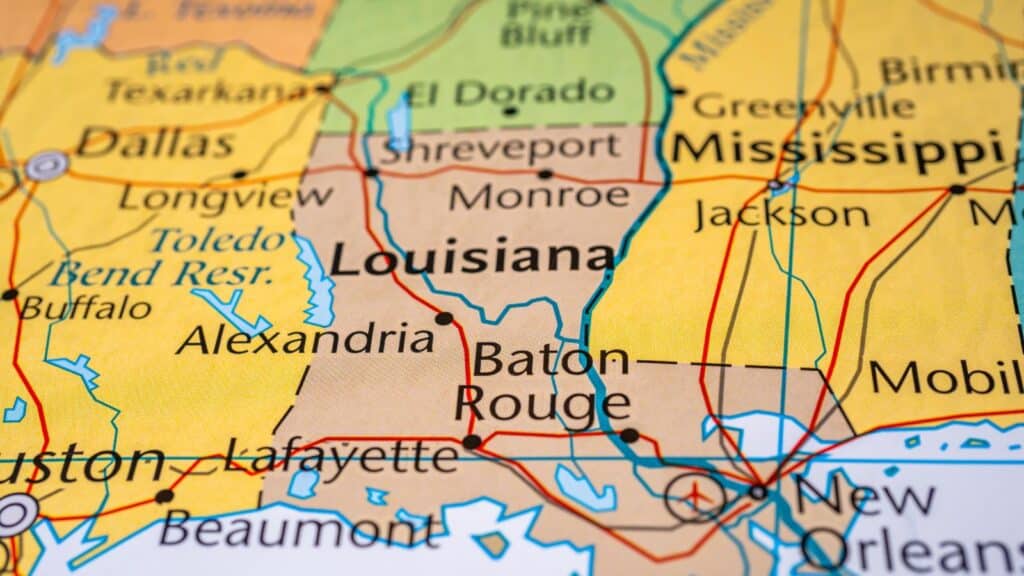
This picture can also be seen in the state of Louisiana which has a relatively high rate of gun ownership, ranking 13th in the nation and given an estimated 52.3% of households owning guns. But, it also has a comparably high gun death rate: at 28.2 fatalities per 100,000 people, it’s the second highest in the United States.
Worcester, Massachusetts
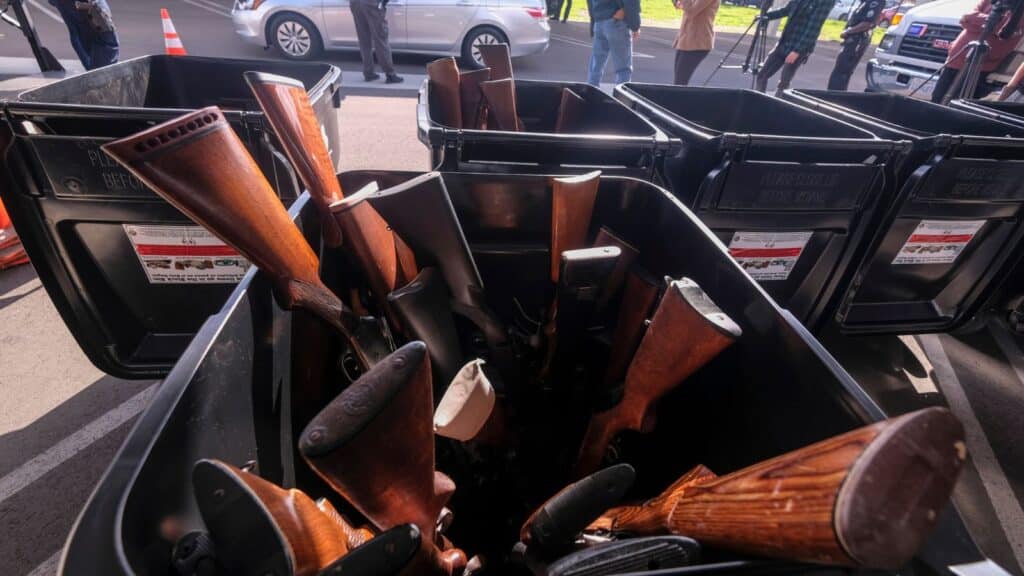
Worcester, Massachusetts, illustrates the complexities of buy-back schemes. Despite holding the most gun buy-backs in a studied period (14 events), it also had one of the highest gun violence rates. This fact strengthens the argument that buy-back programs alone might not be the most effective solution for gun violence reduction.
Delaware’s Story

A 2015 nationally representative survey published in the research Journal Injury Prevention found Delaware to have the lowest rate of gun ownership in the country, at only 5.2% of adults surveyed. Like Massachusetts, though, there is a disparity in gun control and gun crime. Delaware has a higher-than-average gun death rate compared to the nation as a whole. According to Everytown, it ranks 33rd highest, with a rate of 11.4 deaths per 100,000 people.
California Success Story

California has some of the strictest gun control laws in the nation. They include background checks, waiting periods, assault weapon bans, and limitations on high-capacity magazines. While the effectiveness of individual laws is debated, many believe this comprehensive approach contributes to lower gun violence rates.
A Focus on Mental Health

California, along with other states with low gun crime, such as Maryland and New Jersey, is focusing on mental health initiatives alongside buy-back schemes. It’s believed that looking into the root cause of why people misuse guns is the way forward, as California lawmakers recognize that legislation alone will not fix the issue.
Specific State Policies are Needed

In 2020, Virginia became one of a handful of states to dedicate funding to local initiatives to prevent gun violence. In 2020, the state passed several laws, including requiring background checks for all gun sales and relinquishment of domestic orders for domestic abusers. Virginia also empowered localities to pass their own gun safety laws rather than to avoid the Charleston Loophole that allows people to run background checks retrospectively.
States That Can Learn From These Successes
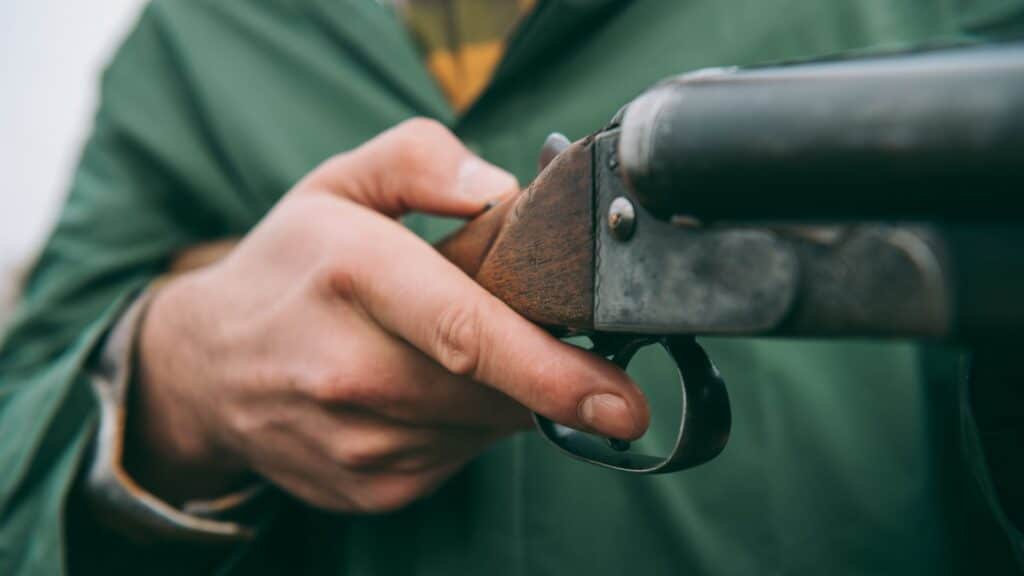
In 2021, the states that had the most concerning gun murder rates included the District of Columbia (at 22.3 per 100,000 people), followed by Mississippi (21.2), Louisiana (18.4), Alabama (13.9), and New Mexico (11.7). Taking Mississippi as an example, the state is one of the worst performers in gun law control and one of the lowest for gun relinquishment.
How Gun Relinquishment Can Be Improved
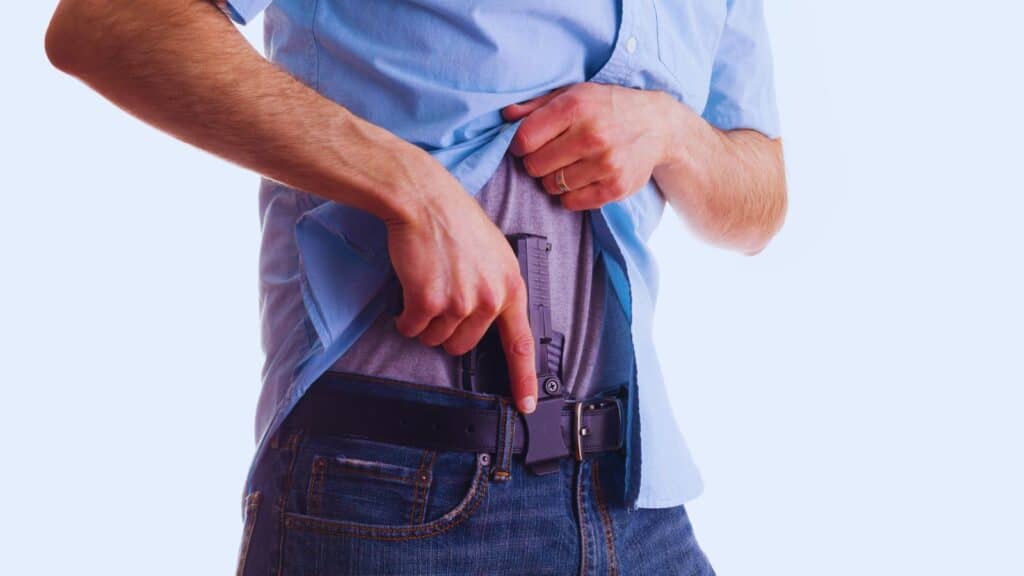
To improve uptake in gun-surrender programs, there needs to be clear communication about what happens to relinquished firearms and how anonymity is ensured. Partnering with trusted community organizations can be helpful, including mental health groups that can support people who may be at risk of committing gun crimes.
Finding the Balance

With many success stories seen through buy-back schemes, it’s not prudent for such programs to end. But, the bigger picture needs to be taken into account. With some states that have high levels of gun ownership but low levels of gun crime, it is clear why the NRA and other organizations that do not want gun sales restricted too much have a point. Following in California, Virginia, and Illinois’ footsteps of implementing stricter background checks and mental health policies will likely lead to more success.
25 Hardest Parts About Getting Older That No One Ever Talks About

25 Hardest Parts About Getting Older That No One Ever Talks About
Deprived Desires: 25 Things Boomers Had That Modern Americans Can Only Long For

Deprived Desires: 25 Things Boomers Had That Modern Americans Can Only Long For
25 Reasons People Are Leaving California Permanently





